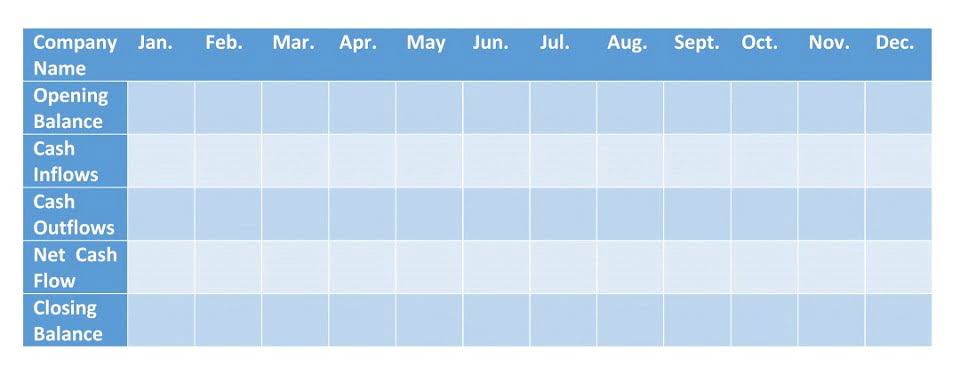Total Equity: What Is It, Calculation & Importance

Yes, this happens when a company finances more through debt than equity. While common in capital-intensive industries, excessive liabilities can signal financial risk. This total matches the company’s assets, ensuring the balance sheet is balanced.

Utilizing Equity for Business Growth

Equity is also known as shareholder’s equity and is easily available as a line item in the balance sheet. It is the amount received by the shareholders if we liquidate all the company assets and repay all the debt. In short, equity measures the net worth of a company or leftover after deducting all the liabilities value from the value of the assets. As such, it is a common financial metric which is used by most of the analysts to assess the financial health of a company. As per the formula above, you’ll need to find the total assets and total liabilities to determine the value of a company’s equity. All the information required to compute company or shareholders’ equity is available on a company’s balance sheet.
Asset Types and Their Impact
The total equity of a business is derived by subtracting its liabilities from its assets. This is an essential item that is reviewed by many creditors, lenders, and investors, since it is a strong indicator of the financial strength of a business. A business with a large amount of total equity is in a better position to cover its liabilities, while one with a negative equity balance could be on the retained earnings verge of bankruptcy. Negative equity occurs when a company’s liabilities exceed its assets, resulting in a negative net worth. This means that the company owes more than it owns and can be a cause for concern.
Times Interest Earned Ratio (Interest Coverage Ratio): The Complete Guide to Measuring Debt Servicing Capability
- It reflects the value that shareholders hold in the company and is often a measure of its net worth.
- By understanding the equity equation, stakeholders can make informed decisions about investing in or doing business with a company.
- Total equity effectively represents how much a company would have left over in assets if the company went out of business immediately.
- The equity Formula states that the total value of the company’s equity is equal to the sum of the total assets minus the total liabilities.
This is because start-up businesses often require significant investments and may incur losses before becoming profitable. Equity for a start-up business is often derived from founders’ investments or external funding sources, such as venture capital or angel investors. Any business owner who is serious about growing their business needs to understand equity. If you own a partnership with someone, you probably agreed to split the owner’s equity with one or more of the partners in percentage terms. You might own a 70% stake in the company while your partner owns 30%, for example.
Start a small business
One common mistake when calculating equity is to confuse revenue with equity. Revenue represents the company’s sales or income, while equity reflects the ownership interest in the company. It is important to differentiate between these two concepts and understand their distinct roles in a company’s financial statements. The equity equation is important because it provides a clear and concise way to determine total equity formula the value of a company’s equity. It helps in assessing the financial condition of a company and provides insights into its financial performance. By understanding the equity equation, stakeholders can make informed decisions about investing in or doing business with a company.

It may make it difficult for the company to secure financing, attract investors, or develop new business opportunities. Additionally, negative equity can erode shareholder value and increase the risk of bankruptcy or insolvency. If your business has strong fundamentals and isn’t financing all of its growth with debt, your owner’s equity should be increasing with time. Understanding equity and being able to track its growth is crucial to understanding the long-term financial health of a business.

This calculation provides stakeholders with an understanding of the value that shareholders hold in the company. Firstly, it serves as a measure of the company’s financial health and stability. A higher equity position indicates that the company has a strong financial foundation and is better able to weather any financial challenges. Secondly, equity represents the owners’ investment in the business and serves as a Legal E-Billing source of capital for the company’s operations and growth.
